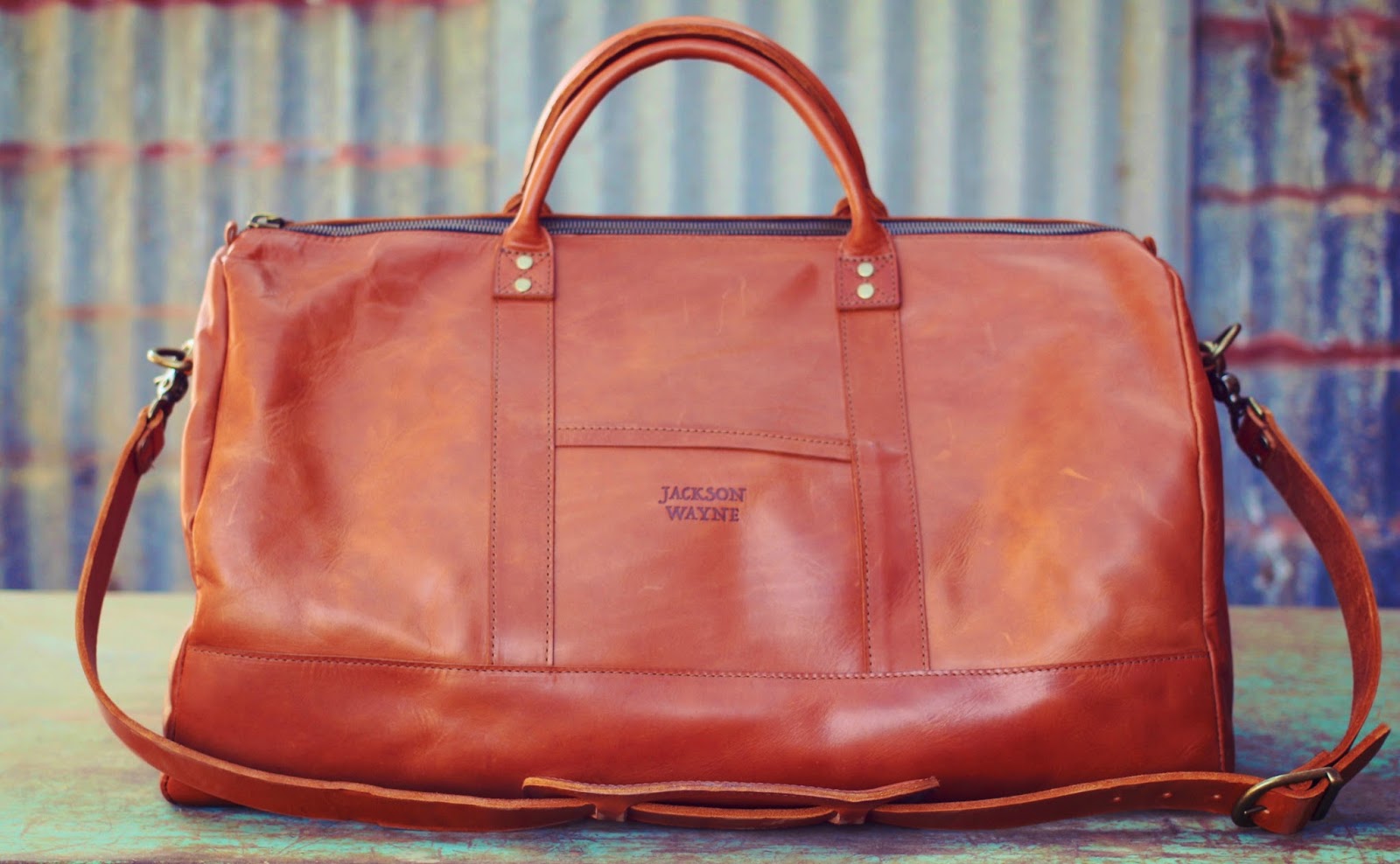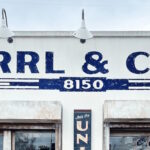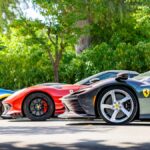By: Andrew Lynch, Founder
Jackson Wayne Leather Goods
In the automotive world, all cars are not created equal. The same is true in the leather world. Over the years, consumers have been trained to think “Genuine Leather” is the hallmark of quality, end of discussion. Unfortunately, nothing could be further from the truth.
“Technically It’s Leather, But…”
“Genuine Leather” is something of a misnomer. All it really means is: “technically it’s leather but….” Genuine leather can include thin scraps of leather, embossed leather, sanded down leather, split leather, patched together leather (think: particle board), etc. Essentially, it’s a catchall term. In fact, the label can even apply to pig or goat leather. The point is, you don’t really know what you’re getting with “Genuine Leather”, which means it is usually the lowest grade of leather.
At the other end of the spectrum is full grain leather. This is the full, natural cowhide with all its layers intact. There are 3 main layers to a hide and lesser grades will split and weaken these layers or remove some of them completely. Full grain leather is the strongest piece of leather because all of its layers are intact.
Full grain leather also has a natural surface. Lesser grades will be sanded down or altered. But full-grain leather is unaltered on the surface so you will see all of the richness and character in the hide.
Premium full grain leather is a stunning sight to behold. Unfortunately, many people have never really experienced it. Buying a full grain leather product instead of a genuine leather product is often the difference between USDA Prime Filet Mignon and SPAM.
We use only premium full grain cowhide leather in everything we make. Our products include briefcases, messenger bags, duffle bags, wallets and more. Each item is handcrafted in the USA using whole pieces of full-grain leather.
Vegetable Tanning Method
We also use a very special tanning method called vegetable tanning. This refers to the natural elements like tree bark that are used in the tanning process. Vegetable tanning has been around for centuries. It’s old school leather – the kind your grandfather would have appreciated, with lots of character and body. Less than 10% of the world’s leather is produced this way because it takes a long time to produce.
Most of the world’s leather is produced using the chrome tanning method, which uses harsh chemicals but is quicker. It also has a different feel and smell than vegetable tanned leather.
So when you put it all together, we’re making something quite unique – full grain vegetable tanned leather bags, handcrafted in America and sold directly to customers without typical retail markup. For more information and to see all Jackson Wayne products, visit our website here.






















